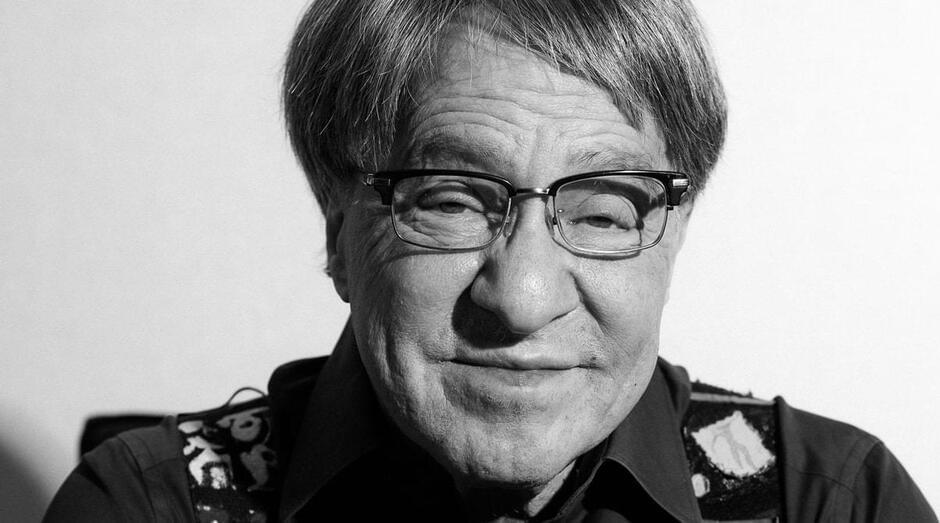Futurist Raymond Kurzweil predicts humans may soon live up to 1,000 years by merging biotechnology, AI, and nanobots.
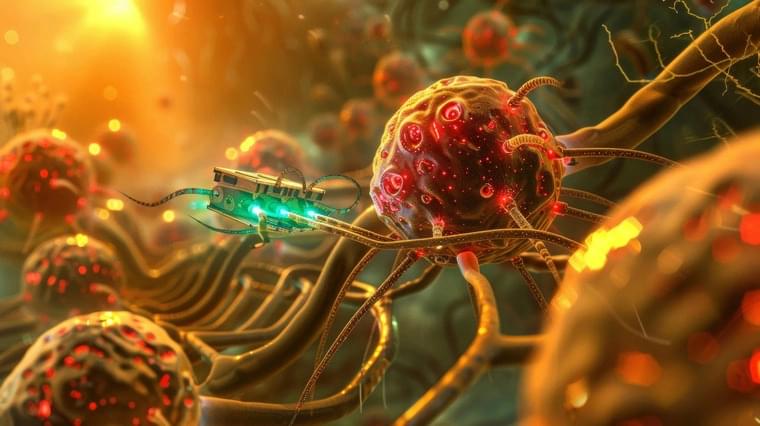

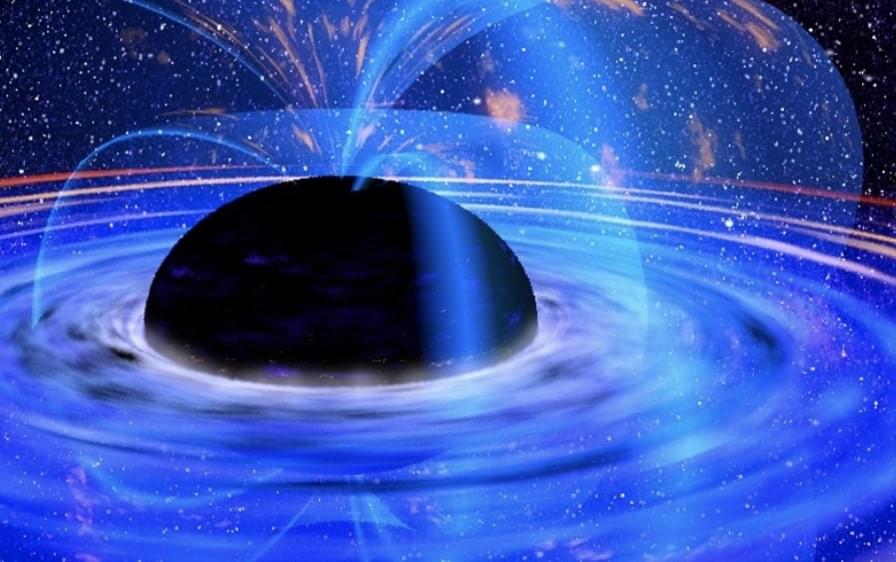
Humanity is on the verge of AGI (Artificial General Intelligence). Futurist Ray Kurzweil predicted decades ago that we would reach AGI in 2029. AI and Large Language Models could reach AGI sooner than 2029. However, the definitions of artificial intelligence that surpasses individual humans has issues around definitions and measurement.
Kurzweil also predicted the Singularity in 2045. He defined that as having cumulative artificial intelligence beyond the total intelligence of humanity.
Beyond the Singularity is Computronium and the limits of technology and the limits of computing.



One of the most distinctive features of the Transhumanist project is its unflagging confidence that the advances of science and technology will usher humanity into a marvellous post-human future.
No one has expressed this more sharply than Ray Kurzweil, the futurist and engineering director at Google. In his book, The Singularity is Near (2005), Kurzweil famously writes:
… A future period during which the pace of technological change will be so rapid, its impact so deep, that human life will be irreversibly transformed. Although neither utopian or dystopian, this epoch will transform the concepts that we rely on to give meaning to our lives, from our business models to the cycle of human life, including death itself.
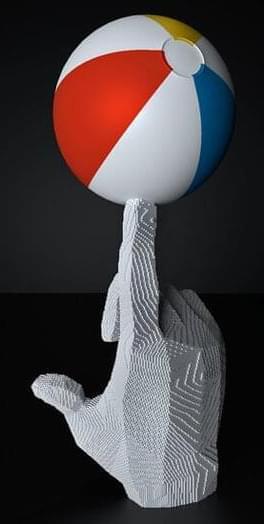
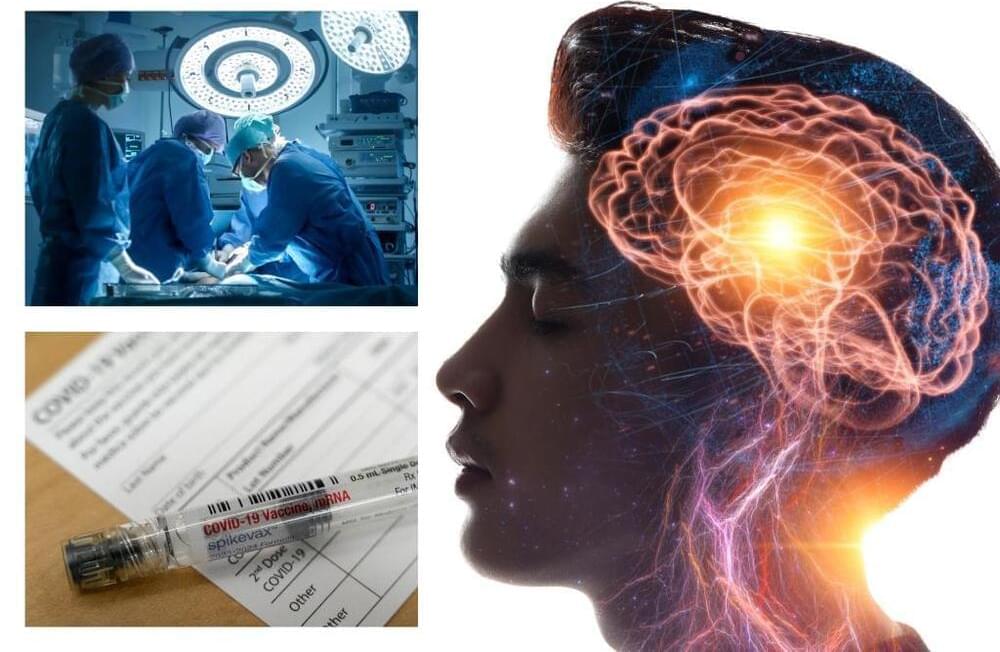
He writes that AI is now exceeding the human brain at several cognitive tasks and that it will eventually do all things far better than even the most expert humans.
These new machines can learn, reason, plan and act with intention, and they are becoming far smarter far faster than most people, save Kurzweil, could have predicted.
Soon, he forecasts, they will be indistinguishable from human brains, before accelerating past them in nearly every way.
Lex Fridman Podcast.
432 videos.
